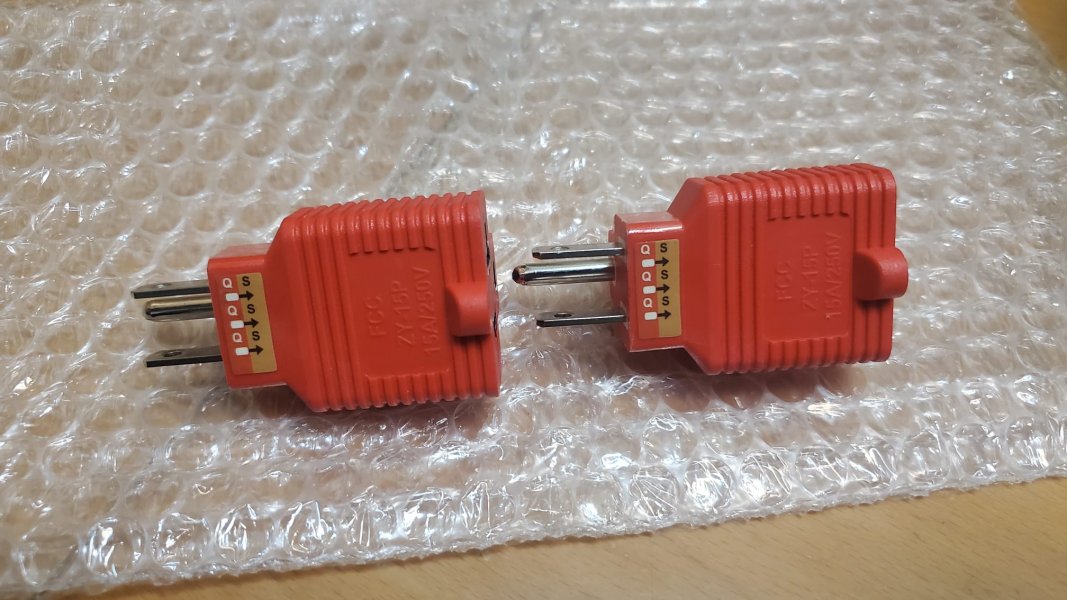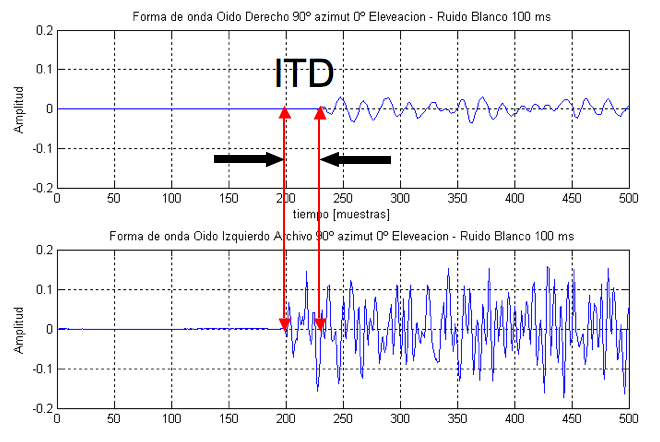Can someone explain the science of these measurements? The design of a speaker or amplifier may require, for example, low inductance (Quad ESL) or low capacitance (Gryphon). The inductance and capacitance of this cable is pretty much the same as Belden 5T00UP (total cost $140 - this is the Gamma Infinity cable). The conductivity is allegedly twice as high as the Belden cable. However, signals pass down speaker cables at around half the speed of light for a fairly basic cable, which is about 500,000 times faster than the speed of sound. So any timing differences from propagation or conductivity would be less than the impact of the slightest twitch of your head. Do these Alpha people explain the purpose of their tests anywhere?
Excellent questions. To answer those questions better, you have to look at what they did prior to testing the QSA Lanedri speaker cable because the lengths they went to are insane and much respect to them because it answered lots of questions for me personally about cable measurements. Over a 4 month span, the Alpha Audio group tested (measured and listened to) 32 different interconnects and 32 different speaker cables! With the exception of the individual who was doing the cable swapping, the listeners were blinded to the cable they were listening to and further blinded to what these cables cost.
Beyond just L, C, and R, they measured such things as propagation time, propagation variance, spectral decay, effects of shielding, etc., just because they could and because they were curious how these measurements might impact sound quality and after measuring 32 different cables, they were able to draw some generalizations based on trends they observed and their findings are REALLY interesting.
With respect to propagation time, they ran this test just to see if it had an impact on sound quality and your intuition is correct when you said:
My suspicion is that velocity of propagation in speaker cables makes no difference at all...
If you go to the 15:47 mark on YouTube video I referenced above, they say pretty much the same thing.
If you keep listening, however, (16:00 mark on the video), he tells you that
propagation variance does make an audible difference with respect to timing accuracy and so this touches on the point that
@kennyb123 brought up. It turns out voltage has an impact on propagation time meaning with some of the cables they measured, applying a higher voltage resulted in greater propagation speed while in other cables, the propagation speed would go down. Then there were some cables where as the voltage went up, propagation speed would go up and as the voltage was raised further, the propagation speed would slow down and this variance is what was sonically audible. Here are cables that they measured and their propagation variances:

What they found was the higher the propagation variance, this consistently led to audible time smearing where the listeners noted difficulty localizing instruments compared with cables that didn't exhibit this variance. If you are a fan of Audioquest and timing accuracy is important to you, stay away from Black Beauty and go with their Thunderbird.
Here's something else they found to be important with respect to sound quality and that is
spectral decay. What the hell is spectral decay, you ask? Yeah, I asked that, too. Go to 6:47 on the YouTube video and he explains it real well. It turns out this relates to bandwidth and what's crazy is they measured bandwidth with these cables up to 10MHz which is well beyond what humans can hear and yet the cables that were not as frequency linear into the MHz range consistently sounded drier, less airy, less open, and darker and these were consistent observations across all of the blinded reviewers. Now are these sound characteristics really due to a drop off in frequency response in the MHz range or are they due to some other property that happens to also limit high frequency bandwidth? That appeared to be his conjecture and he suggested that lower capacitance and higher bandwidth seemed to go hand in hand and so it may be higher capacitance that results in these traits.
Perhaps the group's most interesting finding after testing 32 different interconnects and 32 different speaker cables was that with interconnects, neither L, C, nor R reliably predicted SQ. With interconnects, R (resistance or impedance) shouldn't matter since these cables are already driving a a high impedance load and so it really should only come down to L and C. With speaker cables, they and others found that R by far has the greatest impact which I'll get to later. With respect to L and C, results get murky because it's a zero sum game between these 2. As you improve L, it usually is at the expense of C and so there is always a tradeoff and so they had cables that had very low inductance measurements that sounded one way and other cables that had higher inductance measurements that unexpectedly exhibited the same characteristics and so they were unable to draw any SQ trends with respect to L and C measurements.
With speaker cables, low measured R universally sounded better and this was by far the most important metric and I suspect this is what you will be told by most speaker manufacturers. This begs the question that if 10awg speaker cables sound good, shouldn't 8awg sound better and 4awg better yet? I'm not an electrical engineer but apparently, there is an engineering dictum that suggests that if a speaker cable accounts for roughly 5% or less of the total impedance load of a speaker (which generally vary between 1.5-12 ohms for most speakers), then 8-10awg is all that any speaker cable needs to be to become sonically "invisible" with respect to R and the bigger you go, the greater the self-inductance of that cable which becomes self-defeating and so this is presumably why you generally don't see speaker cable manufacturers making speaker cables larger than 8-10awg. Obviously, Shunyata (who makes an expensive and highly respected 4awg speaker cable) and Tara Labs (who makes a much more expensive and even more massive 000awg cable) don't agree with this philosophy although they incorporate very thoughtful and sophisticated geometries to overcome the downsides of ultra large gauge wire. Having heard both manufacturers' very fine speaker cable offerings, it's clear to me that an 8-10awg speaker cable is not sonically invisible with respect to R. At that small gauge, imho, you are simply not hearing the full potential of your electronics.
As I've stated in previous posts, I have no knowledge of what QSA's treatment entails and like many of you, I am bothered by claims that the treatment supposedly alters wire at the quantum level without offering objective proof because they really sound quite ludicrous but at the same time, once you hear an Ultimatum cable, what you hear defies logic. The QSA Lanedri Ultimatum speaker cables are 0000awg and are the largest speaker cables being offered in the audiophile sector that I am aware of. They should have ultra low R and so I was not surprised to find their measured R is indeed extremely low (and guaranteed to be easily audible). Yes, it has VERY low capacitance (2-3x better than the Belden/Iconoclast wire per their measurements) but if that is true, according to the laws of physics, it should also have very high inductance and yet the inductance measurements for a wire this big are surprisingly and unexpectedly low despite the fact that no special geometry is used. On top of that, this cable uses inexpensive tinned copper wire. By audiophile engineering standards, this is not a cable that should sound good.
Here is a YouTube video of the Alpha-Audio group listening to the Ultimatum speaker cables for the very first time.
What is important is not the quality of the recording which isn't great but rather the Alpha Audio reviewer's first impressions. For context, having followed this group for some time, they are not prone to making hyperbolic statements. In their review of 32 different speaker cables with some cables costing as much as 22k Euros (performed before they reviewed the QSA Ultimatum speaker cables), they found speaker cables to make only a small difference and that interconnects made a much bigger difference in their setup. I think their comments on the video say it all. It's exactly how I felt when I first experienced these cables.
 www.whatsbestforum.com
www.whatsbestforum.com

 www.whatsbestforum.com
www.whatsbestforum.com
 www.qsa-lanedri.com
www.qsa-lanedri.com

 www.qsa-lanedri.com
www.qsa-lanedri.com





